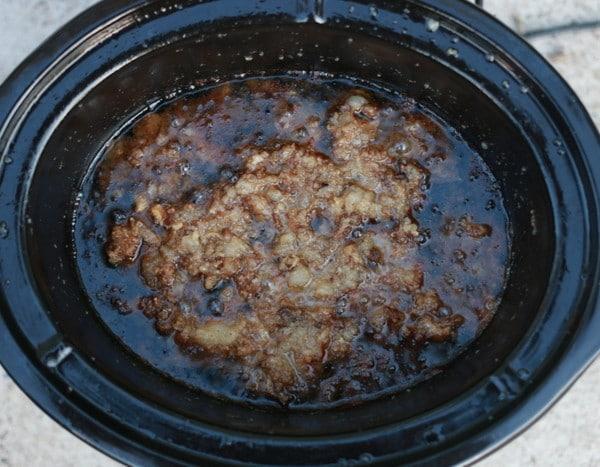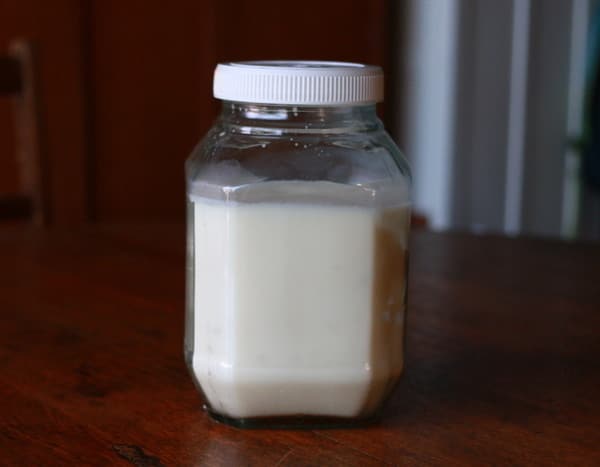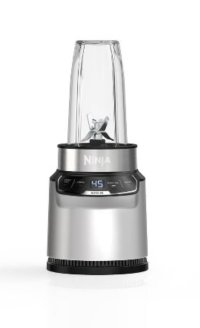But I think it's more likely that this method took you so long when you tried it because the fat was not cut up into small pieces. This is something you can do yourself with a knife
or just run through a meat grinder (or ask your butcher to do so).
The fat was cut into very small pieces. In another time, I also had my butcher to grind the fat in a meat grinder and tried that method. No difference. Still takes a lot of time, and not efficient. I also close the lid to increase the heat inside the cooker.
Seriously overheating the tallow will lead to a yellow color BTW.
The colour is milky white when it becomes solid.



